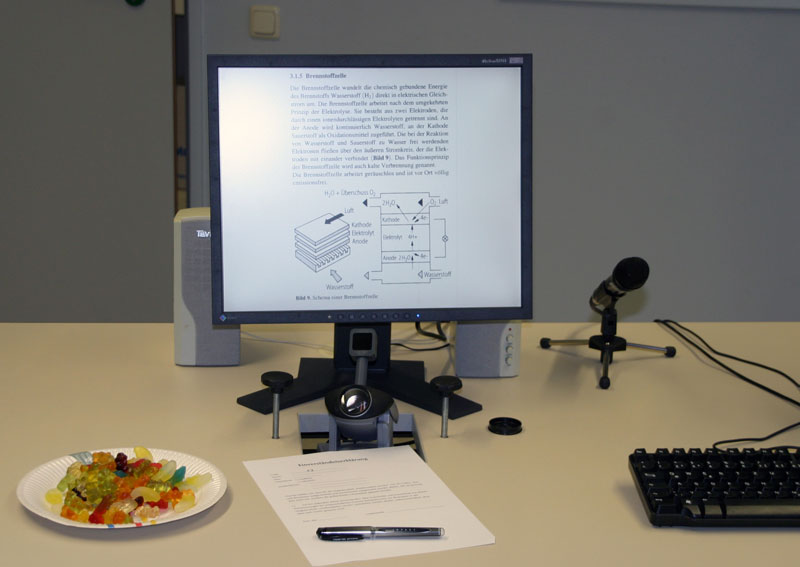Study on Google search results SEO with the eyes of the users
Search engine optimization plays a vital role in our daily lifes on the internet. Hendrik Terbeck has published a bachelor thesis titled “The influence of social recommendations on the selection behavior with search engines” which tries to answer burning SEO questions using eye tracking and problem-centered interviews.
Search: no clear patterns, but heterogeneous strategies
First, he attends to a well-known and often posed question: How do users select contents while searching? Which elements inspire them to click? Are there patterns of selection?
According to the study, older models like the F pattern or the Golden Triangle have little value because searchers use heterogeneous strategies faced with ever more multifaceted results – when search engines move from text links to showing images, ads, local results, social recommendations and much more, old patterns of selection do not remain. Moreover, besides the position of results (hypothesis 5, but not without limitations, as is shown in hypotheses 12 to 14), brand recognition (hypothesis 6) and in particular the title (hypothesis 4) and the URL (hypothesis 7) are important – a reason more to use a flexible content management system like Wordpress where these elements can be adjusted feely.
Up to this point, the study provides interesting evidence for already known or at least strongly supposed findings. However, the following questions regarding social recommendations are even more fascinating.
Social recommendations: still relatively unknown, but effective
The role of social recommendations is still a very hot topic, as Google has still not yet rolled out the feature officially in Germany (although you can activate it nonetheless).

The data confirms that links with social recommendations attract more attention than other links – I think this is not surprising because they contain an additional visual element, making them stand out from the text. The click rate is also growing, but not significantly. Here, Hendrik Terbeck remarks that the users have not seen real friends, so that the click rate “in real life” should be higher (63).
Very interesting is the question whether the Like button of Facebook is preferable because of its thumb pictogram in comparison to the typographic layout of Google. It really looks as if the thumb has an advantage, but the results have to be treated with care, because Google+ was still in closed beta and not well-known at the time of the study.
Social elements in search are not without its critics. Users tend to rate social recommendations as mildly helpful for taking decisions, in particular their helpfulness depends on the context. For example, they trust recommendations more to decide on buying a novel than for larger decisions. There are also big differences with regard to privacy issues, once again showing the range of different opinions that I already mentioned in my post on the discussion on social media which we had at the day of media studies.
Advertising: transactions save advertising budgets
There is little reason for joy concerning the findings relating to advertising, as the ads on the right are rarely fixated and clicked – although according to the author, this has more to do with their position next to the organic and sponsored top ads than with banner blindness (77). However, spending money on ads is still relevant, given the finding that searches oriented towards transactions show higher click rates on ads (hypothesis 17).
42 % of participants did not know that Google is showing ads only at certain places, meaning they have limited knowledge about the search engine. But I am not really sure if the study is well suited at finding out whether the participants recognize ads. Although Hendrik Terbeck writes that more than half of participants know that there are ads on the results page (79), he asks in the interview whether they clicked on an ad and where Google shows the ads (appendix C). I miss a more open question like “Have you seen any ads on the results page?”, which would be more neutral.
Methodology and summary
The short overview of current research is also interesting, and the methodology is good. There is one decision I regret: the author decided not to compare gender findings (35). In doing so, he misses a great change, as he himself admits that there are differences of evaluating options and taking decisions while searching (35). How interesting would it have been to ask whether women focus more or less on social recommendations than men… I can understand that these differences are not the main research question, and that the groups are supposed to only differ in one regard. But still, as the data is collected, analyzing it would be promising.
If you are interested in academic studies of search engines, you should definitely have a look at this work – important data for the next meeting with customers are guaranteed.